Figures & data
Figure 1 The XRD pattern of ZVFe NP (A); FESEM image of ZVFe NPs (B); DLS histogram of ZVFe NPs (C).
Abbreviations: DLS, dynamic light scattering; FESEM, field-emission scanning electron microscope; XRD, X-ray diffraction; ZVFe NPs, zero valent iron nanoparticles.
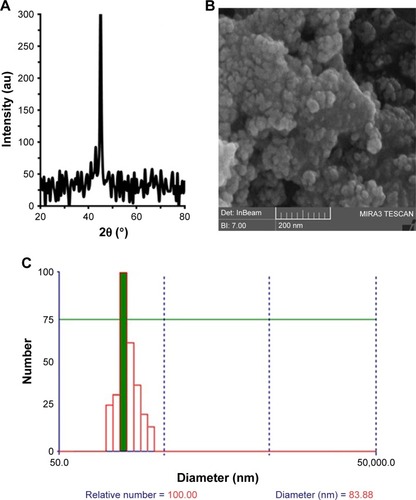
Figure 2 Fluorescence quenching of HSA upon interaction with ZVFe NP at three different temperatures: 298 K (A), 310 K (B), and 315 K (C).
Note: The fluorescence spectra of HSA (2 µM) in the presence of varying concentrations (0 [dark blue], 1 [brown], 2 [green], 4 [bright blue], 6 [purple], 8 [gray], 10 [bright brown], and 15 [red] µM) of ZVFe NPs.
Abbreviations: HSA, human serum albumin; ZVFe NPs, zero valent iron nanoparticles.
![Figure 2 Fluorescence quenching of HSA upon interaction with ZVFe NP at three different temperatures: 298 K (A), 310 K (B), and 315 K (C).Note: The fluorescence spectra of HSA (2 µM) in the presence of varying concentrations (0 [dark blue], 1 [brown], 2 [green], 4 [bright blue], 6 [purple], 8 [gray], 10 [bright brown], and 15 [red] µM) of ZVFe NPs.Abbreviations: HSA, human serum albumin; ZVFe NPs, zero valent iron nanoparticles.](/cms/asset/e960dcd0-65f6-4089-9851-d24d5747c274/dijn_a_12190680_f0002_c.jpg)
Table 1 KSV parameters at three different temperatures for the interaction of HSA with ZVFe NPs
Figure 3 Stern–Volmer plot of the fluorescence quenching of HSA (2 µM) in the presence of varying concentrations (1, 2, 4, 6, 8, 10, and 15 µM) of ZVFe NPs at 298 K (■), 310 K (♦), and 315 K (▲).
Abbreviations: HSA, human serum albumin; ZVFe NPs, zero valent iron nanoparticles.
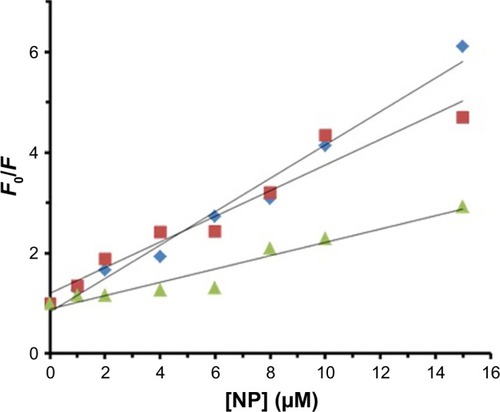
Table 2 Binding parameters at three different temperatures for the interaction of HSA with ZVFe NPs
Figure 4 Hill plot for the binding of HSA with ZVFe NPs at 298 K (■), 310 K (♦), and 315 K (▲).
Abbreviations: HSA, human serum albumin; ZVFe NPs, zero valent iron nanoparticles.
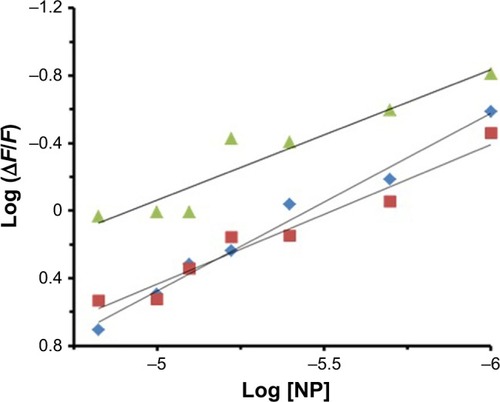
Table 3 Thermodynamic parameters at three different temperatures for the interaction of HSA with ZVFe NPs
Figure 5 Van’t Hoff plot for the binding of HSA with ZVFe NPs.
Abbreviations: HSA, human serum albumin; ZVFe NPs, zero valent iron nanoparticles.
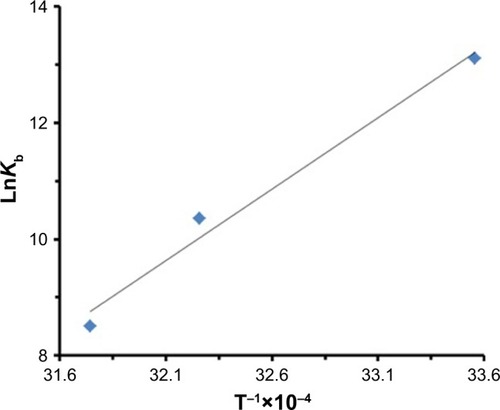
Figure 6 Far CD spectra of HSA (3 µM) in the presence of varying concentrations of ZVFe NP (0 [black], 3 [red], 10 [blue], and 30 [green] µM).
Abbreviations: CD, circular dichroism; HSA, human serum albumin; ZVFe NPs, zero valent iron nanoparticles.
![Figure 6 Far CD spectra of HSA (3 µM) in the presence of varying concentrations of ZVFe NP (0 [black], 3 [red], 10 [blue], and 30 [green] µM).Abbreviations: CD, circular dichroism; HSA, human serum albumin; ZVFe NPs, zero valent iron nanoparticles.](/cms/asset/6363c659-7635-4fc7-994c-193f3c508ab0/dijn_a_12190680_f0006_c.jpg)
Figure 7 The absorbance (295 nm) of HSA (3 µM) in the absence (blue line) and presence (red line) of ZVFe NP (3 M) over the temperature range of 30°C–90°C.
Abbreviations: HSA, human serum albumin; ZVFe NPs, zero valent iron nanoparticles.
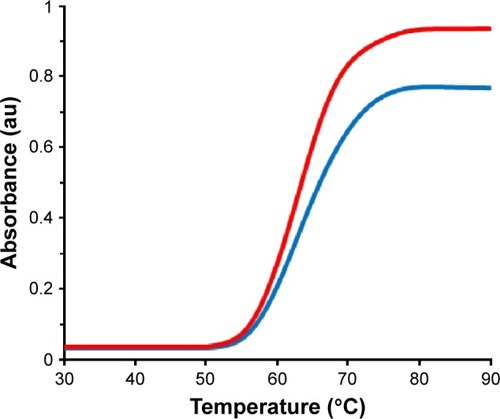
Figure 8 Molecular docking of HSA with water-coated ZVFe NP.
Abbreviations: HSA, human serum albumin; ZVFe NPs, zero valent iron nanoparticles.
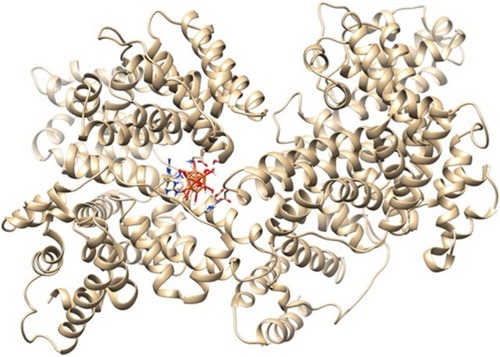
Figure 10 The viability percent of SH-SY5Y (blue bars) cells and WBCs (red bars) in the presence of varying concentrations of ZVFe NPs after 24 hours.
Note: *P<0.05 and **P<0.01 represent the significant differences between ZVFe NPs-treated groups and control.
Abbreviations: WBCs, white blood cells; ZVFe NPs, zero valent iron nanoparticles.
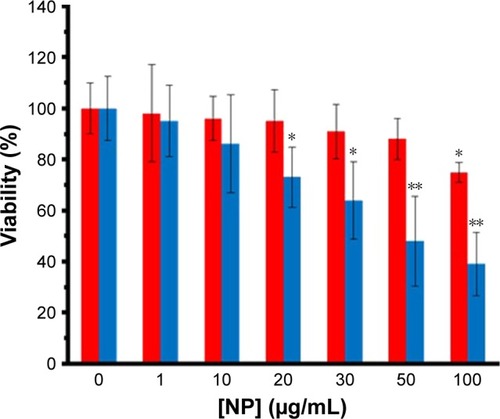
Figure 11 Flow cytometry analysis of ZVFe NP-induced apoptosis.
Notes: The induction of apoptosis was observed by IC50 concentration of ZVFe NPs (47.89±81 µg/mL) on SH-SY5Y cell. (A) Control cells and (B) treated group.
Abbreviation: ZVFe NPs, zero valent iron nanoparticles.
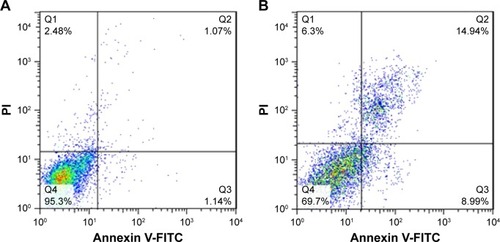
Table 4 MIC and MBC of ZVFe NP against three strains of bacteria

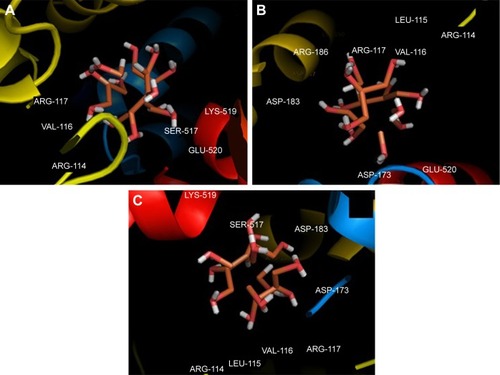
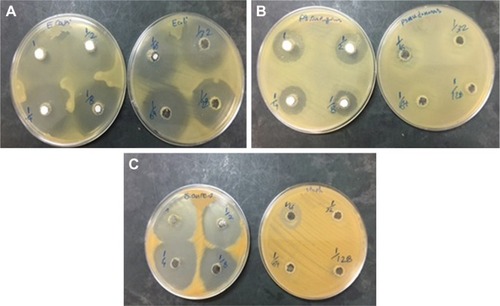
![Figure 13 The antibacterial activity of ZVFe NPs aganist E.coli, P. aeruginosa and S. aureus bacterial strains tested by disc diffusion method. (Measuring inhibition zone diameter [mm]).](/cms/asset/23b1a144-20af-4775-a1e2-313eaf4f0c21/dijn_a_12190680_f0013_c.jpg)